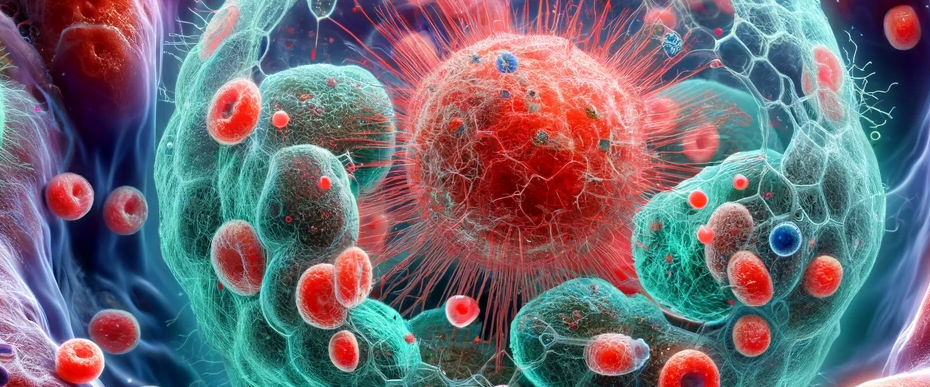Apoptosis, commonly known as programmed cell death, is a vital process in cellular biology, ensuring the healthy turnover of cells in organisms. This complex mechanism can be primarily categorized into two distinct pathways: the intrinsic pathway and the extrinsic pathway.
Intrinsic Pathway
The intrinsic pathway of apoptosis is primarily triggered by internal stimuli such as DNA damage or metabolic stress. This pathway involves a series of molecular events starting with the activation of pro-apoptotic proteins BAX and BAK. These proteins play a crucial role in mitochondrial outer membrane permeabilization (MOMP), leading to the release of various factors including cytochrome C into the cytoplasm. The released cytochrome C then associates with APAF1 in the cytoplasm, forming a structure known as the apoptosome. This complex subsequently activates caspase-9, which further triggers the executioner caspases (caspases-3, 6, 7). These caspases are responsible for the characteristic DNA fragmentation and other morphological changes observed during apoptosis.
Extrinsic Pathway
The extrinsic pathway, on the other hand, is initiated by external stimuli or the withdrawal of certain growth factors. It involves the interaction of transmembrane receptors, often referred to as ‘death receptors’, with their respective ligands. These receptors are part of the TNF gene superfamily and feature both extracellular and intracellular domains. The binding of ligands to these receptors leads to the formation of a complex known as the death-inducing signaling complex (DISC), which activates caspase-8. Caspase-8 then plays a dual role: it not only induces the cleavage of BID, a Bcl-2 family protein, prompting its migration into the mitochondria, but also directly activates the executioner caspases.
Key Targets in Apoptosis
Understanding apoptosis involves exploring various key targets, including:
- Caspases: These are a family of proteases central to the apoptotic process. They are initially produced as inactive precursors and are activated through cleavage. Caspases are broadly categorized into initiators, executioners, and inflammatory caspases.
- Bcl-2 family proteins: These proteins are crucial in regulating apoptosis and are classified based on their pro- or anti-apoptotic actions. The balance between these pro- and anti-apoptotic proteins determines the cell’s fate.
- Inhibitor of apoptosis proteins (IAPs): Originally identified in baculoviruses, these proteins play a significant role in regulating apoptosis in mammalian cells. They are known for their ability to bind and inhibit certain caspases.
Emerging Cell Death Pathways
Apart from the classical apoptosis pathways, research has identified several non-apoptotic forms of regulated cell death, such as necroptosis, pyroptosis, ferroptosis, and others. These pathways are increasingly recognized for their roles in various human diseases and differ in their initiation and execution from classical apoptosis.
In conclusion, apoptosis is a multifaceted process, pivotal for maintaining cellular homeostasis. Its intricate balance is essential for normal development and functioning, and its dysregulation is a hallmark of numerous diseases, including cancer. Understanding the molecular intricacies of apoptosis pathways not only provides insights into fundamental biology but also opens avenues for therapeutic interventions in diseases where apoptosis plays a key role.
